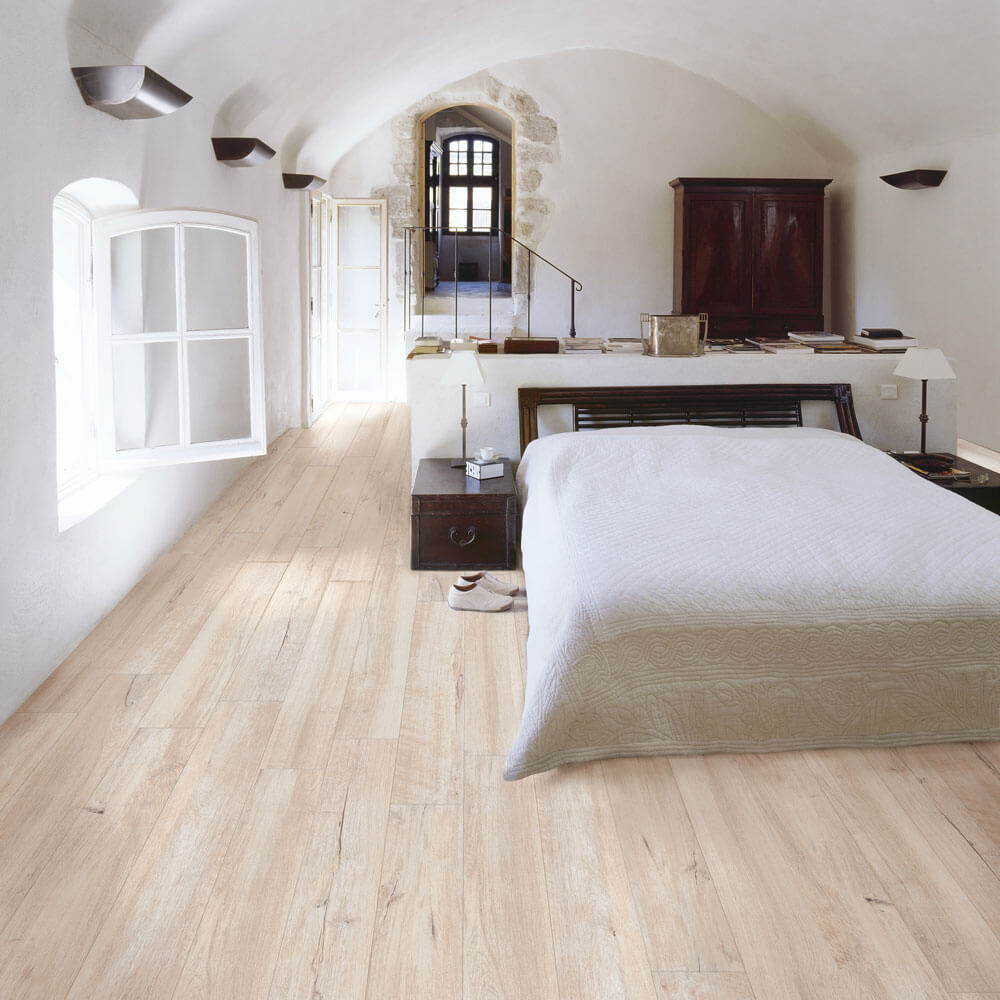
Can I use underfloor heating with LVT Flooring

Certainly! Underfloor heating can be used with Luxury Vinyl Tile (LVT) flooring, and it is a popular combination due to its many benefits. LVT flooring is known for its durability, flexibility, and realistic appearance, making it a versatile choice for various spaces. When paired with underfloor heating, it provides a comfortable and efficient heating solution for your home or office.
Here are some key points to consider when using underfloor heating with LVT flooring:
1. Compatibility: Before installing underfloor heating, it is crucial to ensure that your LVT flooring is compatible with this heating system. Most LVT manufacturers provide guidelines and recommendations for using their flooring with underfloor heating. Make sure to check the manufacturer's instructions or consult with a professional to ensure compatibility.
2. Subfloor Preparation: Proper subfloor preparation is essential for a successful installation. The subfloor should be flat, clean, and dry. Any irregularities or moisture issues should be addressed before laying the LVT flooring. It is also recommended to use a suitable underlayment or thermal barrier to enhance the heat distribution and efficiency.
3. Temperature Restrictions: It is important to follow the temperature restrictions specified by both the LVT flooring manufacturer and the underfloor heating system manufacturer. Excessive heat can damage the flooring or affect its adhesive properties. Most LVT flooring can withstand temperatures up to a certain limit, typically around 27-29 degrees Celsius (80-85 degrees Fahrenheit). The underfloor heating system should be properly controlled to prevent exceeding these temperature limits.
4. Heating System Installation: Underfloor heating systems can be installed as either electric radiant heating or hydronic (water-based) heating. Electric systems are typically easier and less expensive to install, while hydronic systems require more planning and professional expertise. Both options can work well with LVT flooring, but it's important to follow the manufacturer's recommendations and installation guidelines for your specific system.
5. Expansion and Contraction: Like any flooring material, LVT can expand and contract with temperature changes. It is crucial to provide expansion gaps around the perimeter of the room and at regular intervals to accommodate these movements. Proper expansion gaps will help prevent buckling or warping of the LVT flooring.
6. Regular Maintenance: Underfloor heating can provide consistent and comfortable warmth throughout the space. However, it is important to regularly maintain the system and follow the recommended maintenance procedures provided by the manufacturer. This includes periodic checks for any potential issues and cleaning the flooring as per the manufacturer's instructions.
Remember, it is always advisable to consult with professionals or experts in underfloor heating and LVT flooring installation to ensure a successful and safe integration of these systems. They can provide specific advice based on your unique circumstances and ensure that all installation guidelines are followed correctly.
Here are some key points to consider when using underfloor heating with LVT flooring:
1. Compatibility: Before installing underfloor heating, it is crucial to ensure that your LVT flooring is compatible with this heating system. Most LVT manufacturers provide guidelines and recommendations for using their flooring with underfloor heating. Make sure to check the manufacturer's instructions or consult with a professional to ensure compatibility.
2. Subfloor Preparation: Proper subfloor preparation is essential for a successful installation. The subfloor should be flat, clean, and dry. Any irregularities or moisture issues should be addressed before laying the LVT flooring. It is also recommended to use a suitable underlayment or thermal barrier to enhance the heat distribution and efficiency.
3. Temperature Restrictions: It is important to follow the temperature restrictions specified by both the LVT flooring manufacturer and the underfloor heating system manufacturer. Excessive heat can damage the flooring or affect its adhesive properties. Most LVT flooring can withstand temperatures up to a certain limit, typically around 27-29 degrees Celsius (80-85 degrees Fahrenheit). The underfloor heating system should be properly controlled to prevent exceeding these temperature limits.
4. Heating System Installation: Underfloor heating systems can be installed as either electric radiant heating or hydronic (water-based) heating. Electric systems are typically easier and less expensive to install, while hydronic systems require more planning and professional expertise. Both options can work well with LVT flooring, but it's important to follow the manufacturer's recommendations and installation guidelines for your specific system.
5. Expansion and Contraction: Like any flooring material, LVT can expand and contract with temperature changes. It is crucial to provide expansion gaps around the perimeter of the room and at regular intervals to accommodate these movements. Proper expansion gaps will help prevent buckling or warping of the LVT flooring.
6. Regular Maintenance: Underfloor heating can provide consistent and comfortable warmth throughout the space. However, it is important to regularly maintain the system and follow the recommended maintenance procedures provided by the manufacturer. This includes periodic checks for any potential issues and cleaning the flooring as per the manufacturer's instructions.
Remember, it is always advisable to consult with professionals or experts in underfloor heating and LVT flooring installation to ensure a successful and safe integration of these systems. They can provide specific advice based on your unique circumstances and ensure that all installation guidelines are followed correctly.


